Kedarnath which is among the char dhams and 12 jyotirlinga, situated at an astonishing height of 11,755 ft above sea level, lies in the lap of beautiful Himalayan mountains near the head of Mandakini River.
The name "Kedarnath" is derived from the Sanskrit words kedara (field) and nath (lord) means “lord of the field".
Actually, kedarnath got famous because of the kedarnath temple and its mysteries.
Kedarnath Temple is among the 275 temples of Paadal Petra Sthalams (the most powerful Shiva temples in the world) and is also the most important among the Panch Kedars and 12 jyotirlinga. It is made from gray hunk of stones.
The stone slabs are interlocked with each other with the use of iron clamps. No mortar has been used in the construction of the temple.
The story of Kedarnatha Jyotirlinga is described in Chapter 19 Kotirudra Samhita of Shiva Purana. According to that-
“Nara-Nārāyaņa, the two incarnations of Visnu, are performing penance at Badrikāśrama Khanda in Bhārata-varsa. Śiva, in order to accept their worship of the Pärthiva-linga arrives there daily. Once Nara-Nārāyana asked shiva to stay there forever for their adoration.
Hence, shiva got himself established over the snow clad Kedara mountain, in Jyotirlinga.”
Śiva is found present there in the form of Kedaresvara. The lord fulfills the desires of all who have an audience with the linga or worship it.
According to historians, Some say Raja Bhoj of Malwa, built the temple while another theory is that the temple was built in the 8th century by Adi Shankracharya. There is also a legend that Pandavas built a temple. But there is no mention of kedarnath in Mahabharat.
According to scientists of Wadia Institute of Himalayan Geology, Dehradun, Kedarnath temple survived being buried under the snow for almost 4oo years.
Scientists point out that the period between 1300-1900 AD is known as Little Ice Age,
when a large portion of the earth was covered by the snow. It is believed that during the period Kedarnath temple and neighbouring are was covered by snow and became a part of glaciers.
Actually, the entire area of Kedarnath is a part of Chorabari glacier.
The temple is surrounded by mountains from 3 sides. According to the legend the area also has 5 rivers Mandakini, Madhuganga, Chhirganga, Saraswati & Swarndari but some of don’t exist today.
Archaeological studies too suggest the minimum age of the temple is about 3,000 years
However, the inscriptions on the wall of the temple date back to 650-850 AD. They describe the beauty of the temple, but there is no mention of snow, glaciers or ice. This raises three possibilities: (a) There was a glacier but it was beyond the present location of the temple ;
(b) the temple was built when there was no glacier in the area, or (c) there was a glacier and the temple was constructed after cutting through the snow.
The temple structure has several yellow lines, which were possibly formed as the glacier slowing moved over the stones.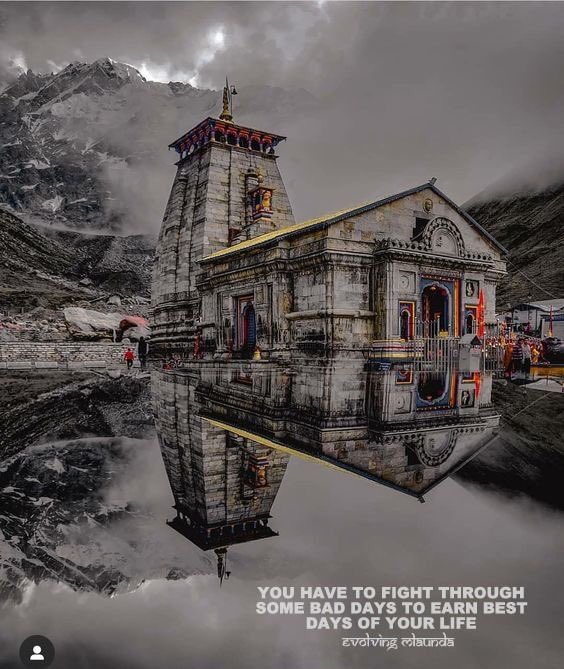

It means that the temple has not only survived being under the snow for 400 years but also escaped any serious damage due to glacial movement. Now what should we call it a miracle or bhakti ki shakti?
1. The interior beauty describing the indian epics including a small hall in front of the Kedarnath Temple beams with images of Parvati and the 5 pandavas. The hall at the entrance of the temple is decorated with statues of Lord Krishna, the Pandavas, Draupadi, Nandi, Virbhadra.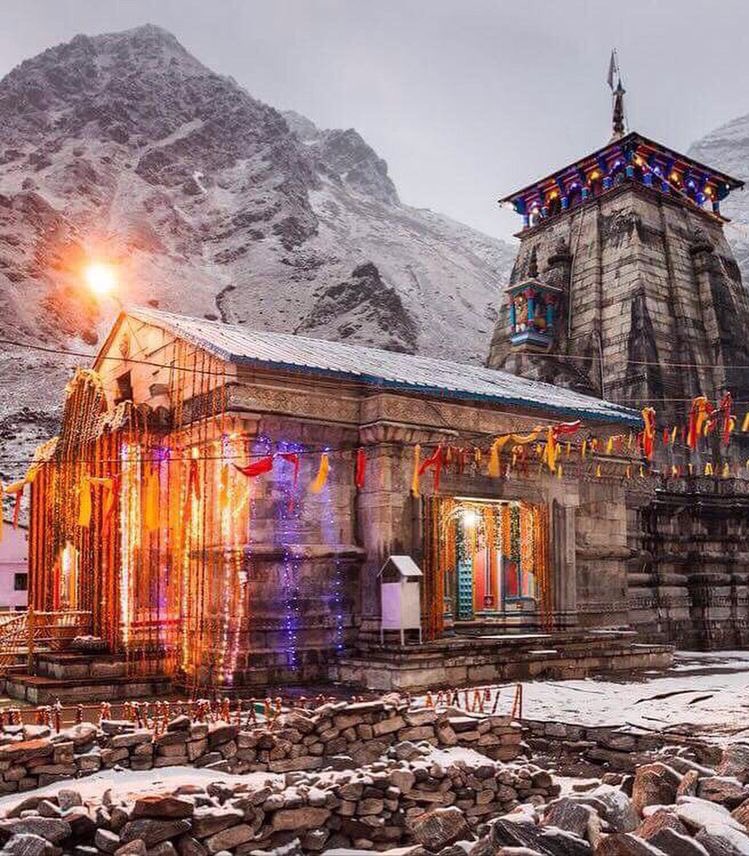

2. All the rituals are performed by members of the Rawal community who belong to the Veera Shaiva Sangam community of Karnataka. Since the 10th century AD, the pooja here has been carried out in Kannada language and in the same pattern and sequence.
Apart from kedarnath temple there are few more places which adds its beauty at the best. They are-
1. Bhairav Temple: It is a temple dedicated to Bhaironath who is ceremoniously worshipped at the opening & closing of Kedarnath Temple.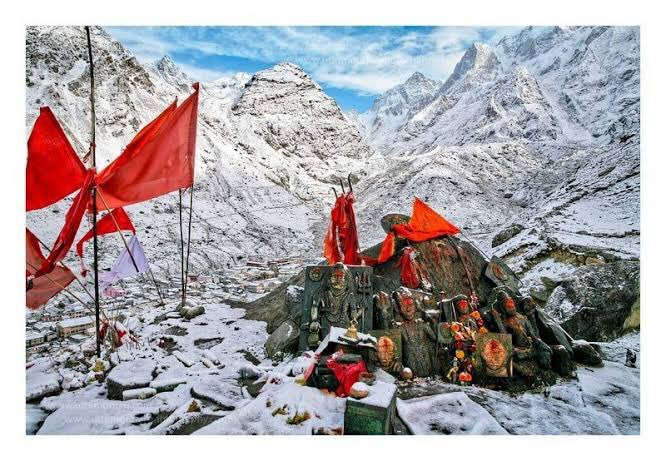

2. Agastya Muni: It is believed to have been the home of the sage Agstya Rishi. There is a temple here called Agasteshwar Mahadev Temple which is dedicated to Shiva.
3. Chorabhari Tal, situated at an altitude of 3,900 m, offers a magnificent view of the Himalayan Peaks.
According to the Puranas, in the coming years, the present Badrinath Dham and Kedareshwar Dham will disappear and a new dham named Bhavidabhadri will arise in future and people believe that there are 2 mountains, the day these mountains will join each other, this will happen.

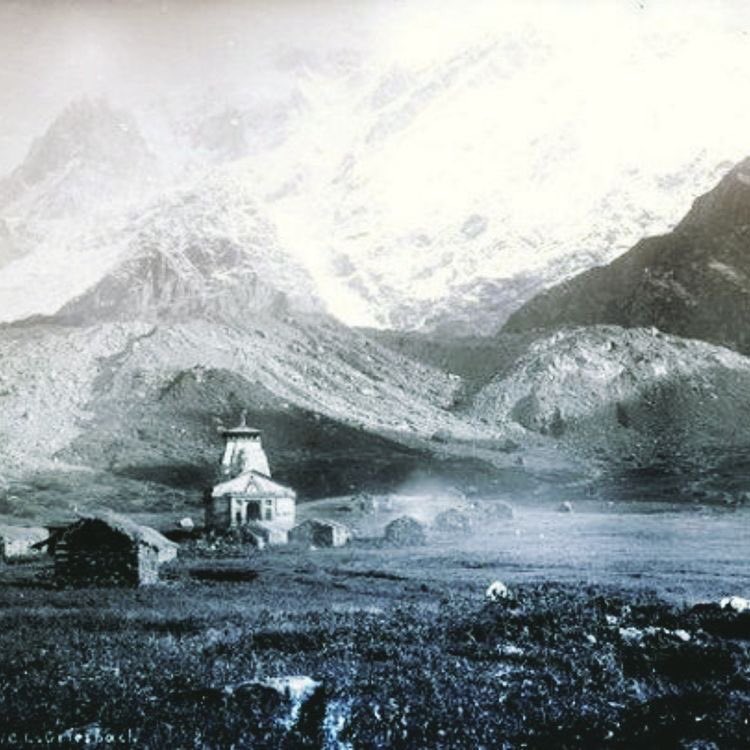
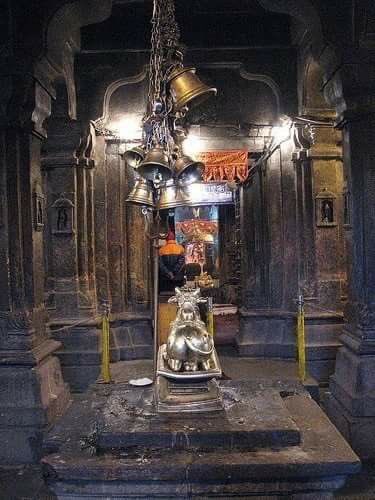

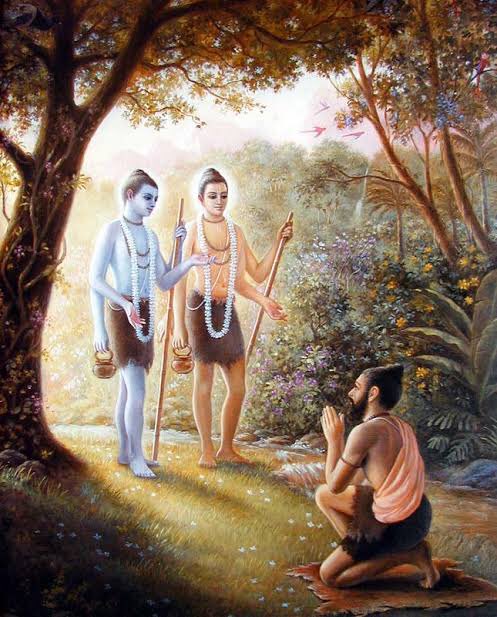
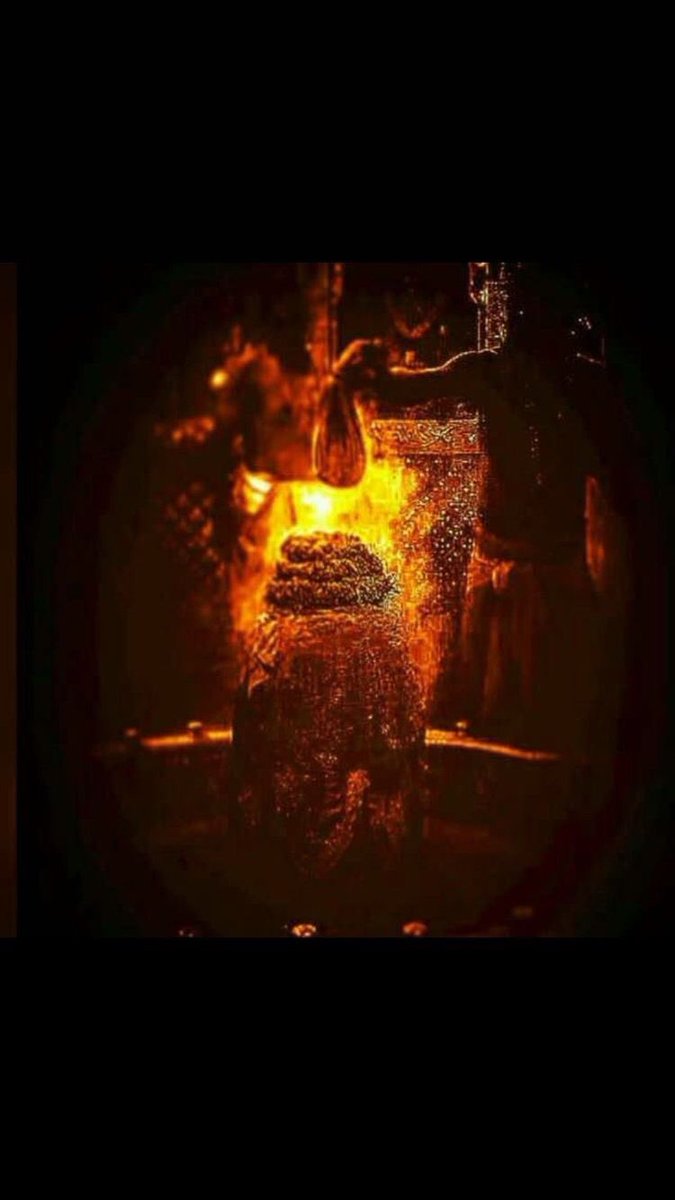

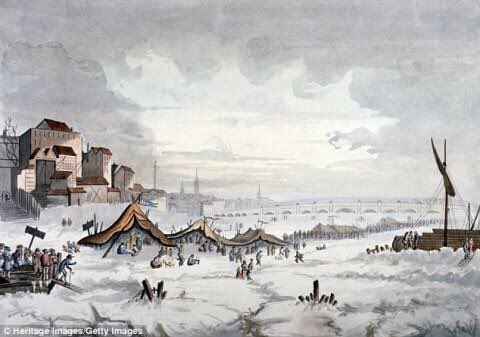
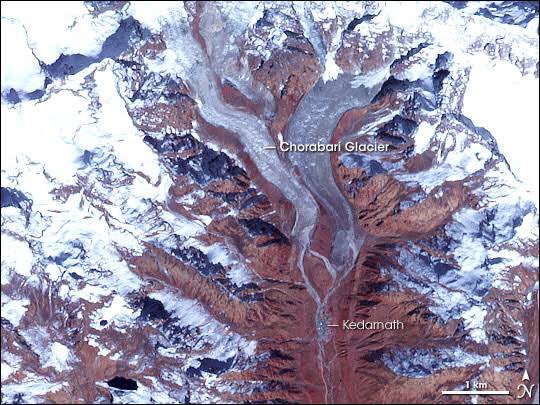
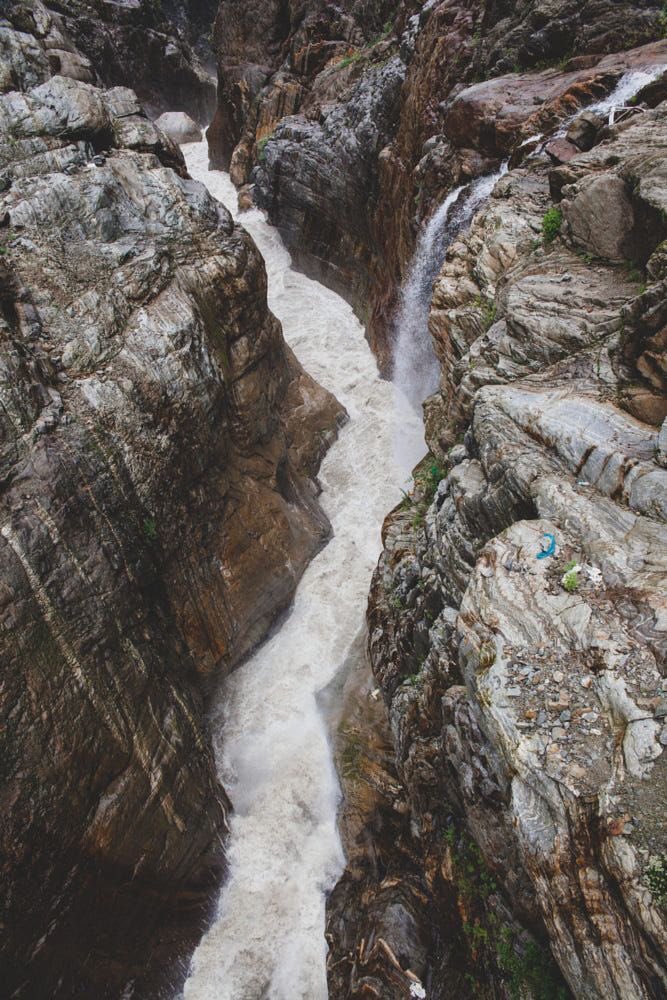
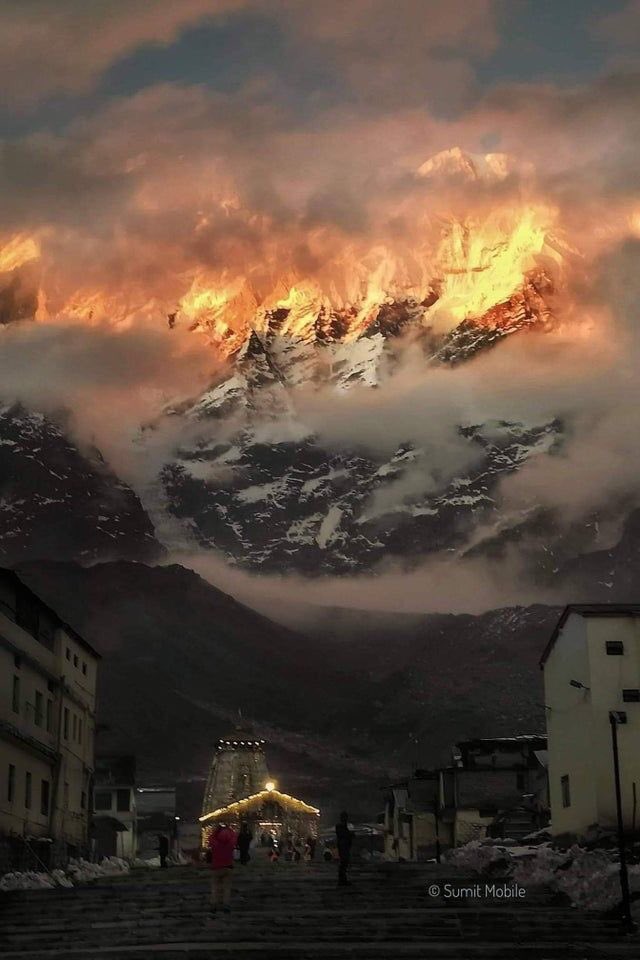

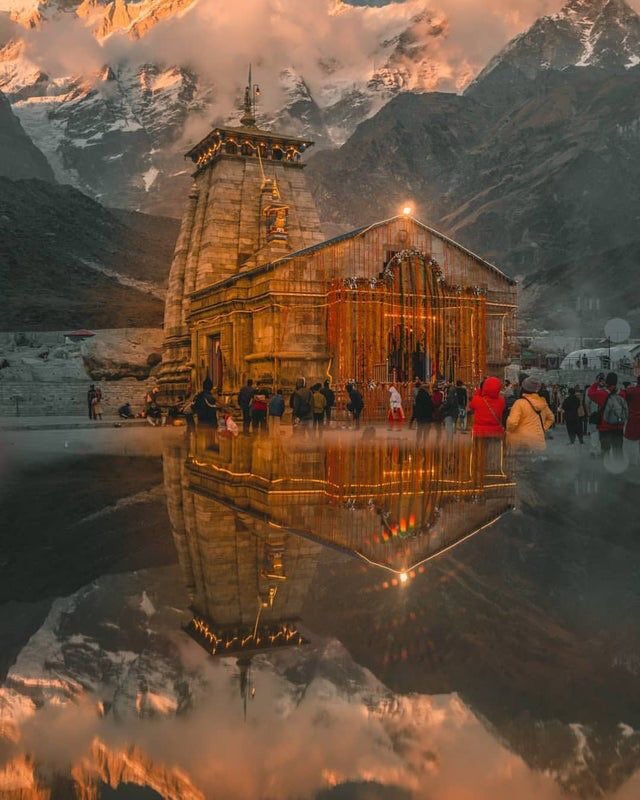
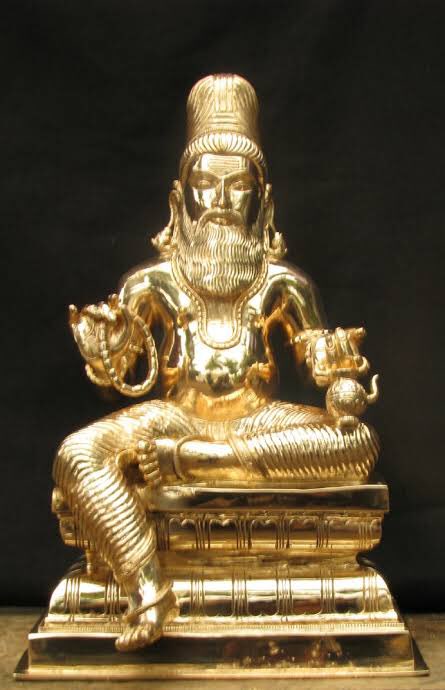

No comments:
Post a Comment